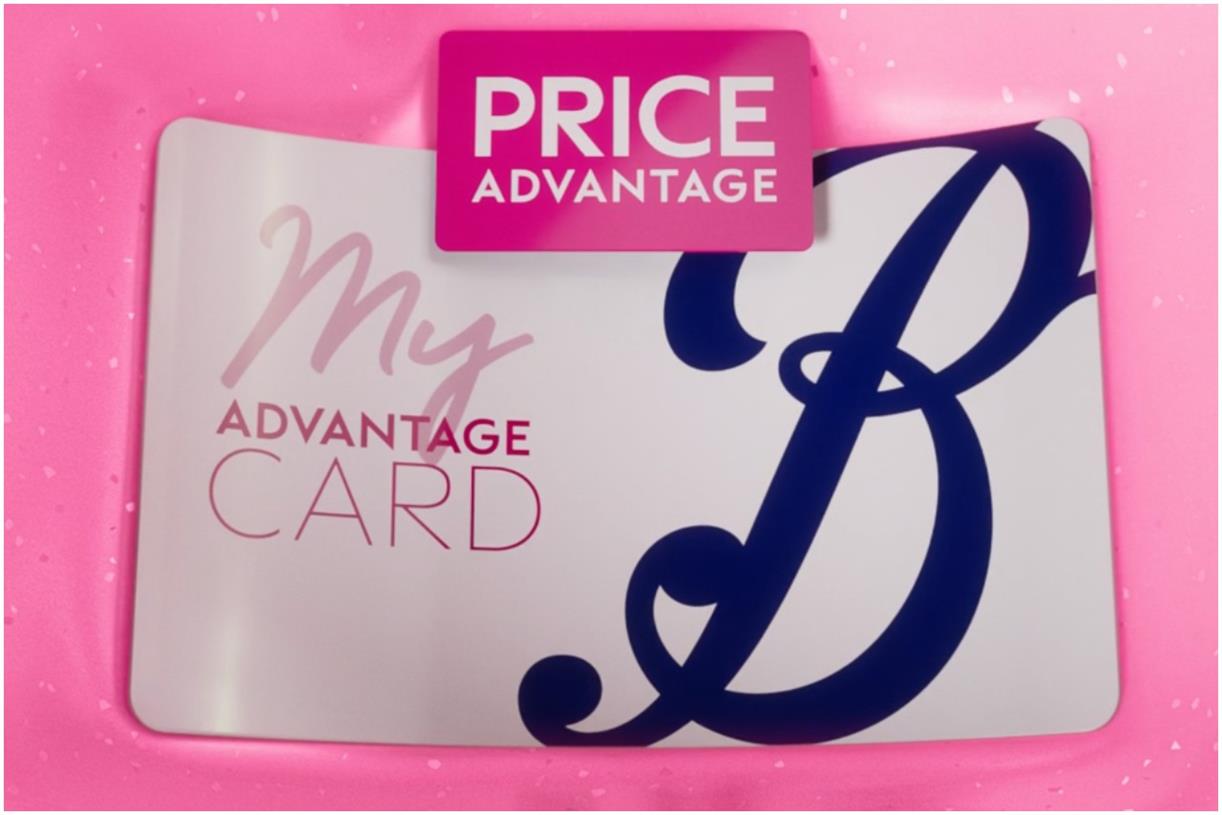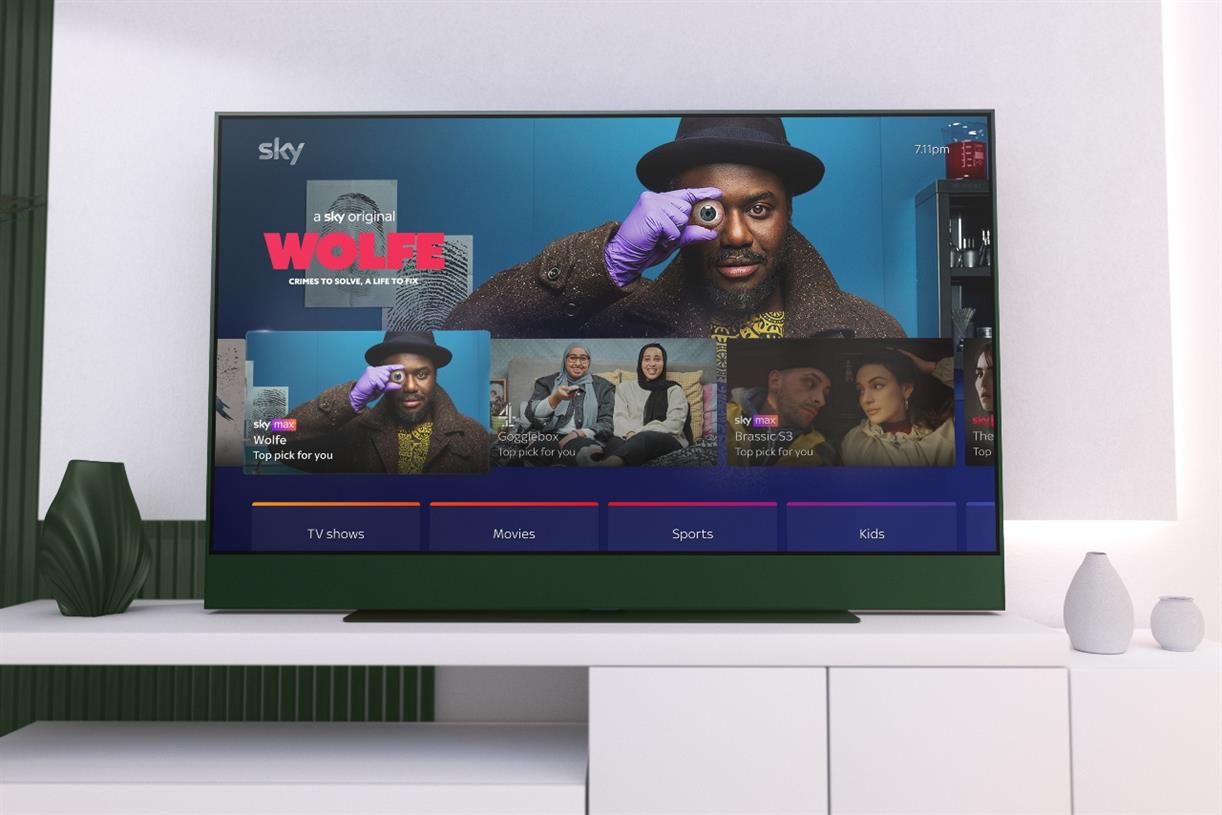Why & How Companies Are Using PPC to Strengthen Their Marketing Campaigns in 2022
Backed by incisive data insights, here’s why today’s marketers need to include PPC advertising in their digital marketing toolkits.

PPC advertising is one of the most effective marketing channels for driving new business leads, and while the general concept is straightforward enough (you pay for every click your ads get), many marketers still don’t fully understand this form of marketing and how it can help them.
But marketers can’t really afford to ignore PPC anymore. It’s become one of the most effective ways to target potential customers, measure the impact of campaigns and deliver the exact results they’re trying to achieve.
What Exactly Is PPC Advertising?
PPC, or pay-per-click, advertising is exactly what it sounds like — marketers pay publishers only when users actually click on their ads. Investing in a PPC advertising campaign gives marketers premium ad real estate for their content, typically at the very top of the first page of search engine results.
Even if you don’t know it, you’ve almost definitely come across PPC ads at one point or another. Those websites that sometimes populate the top of Google search results with the little “Ad” label beside it? Those are PPC ads.
More Marketers Are Using PPC for Their Ads
More marketers are recognizing the value of PPC advertising, and they are beginning to allocate a larger portion of their marketing budgets to PPC. In fact, the PPC market is expected to balloon in the coming years, forecasted to reach almost $1.2 billion by 2028, according to MarketWatch.
PPC provides marketers with a number of deep data insights that put it at the cutting edge of digital marketing. Specifically, it helps them:
Learn more about precise customer behaviors and preferences.Tie revenue directly to marketing costs.Identify more accurate targeting capabilities.Leverage data to build more precise marketing campaigns.Subscribe to
The Content Marketer
Get weekly insights, advice and opinions about all things digital marketing.
Thanks for subscribing! Keep an eye out for a Welcome email from us shortly. If you don’t see it come through, check your spam folder and mark the email as “not spam.”
The Advantages PPC Has Over Other Forms of Digital Marketing
Despite its value, PPC shouldn’t be considered a standalone approach to digital marketing. Instead, it should be used alongside other forms of marketing (like SEO content writing, landing page optimization, email marketing and more), with each one working in tandem to enhance the other. For example, you might develop a hard-hitting white paper that covers an emerging trend in your industry in great detail. Gating that content and housing it on a PPC landing page could help you drive website traffic, brand awareness and lead generation much more effectively.
However, PPC does have some important advantages that make it a valuable addition to your digital marketing strategy. The degree of precision you gain from the data your PPC ads generate enables you to test different aspects of your campaigns with accuracy, tweaking and optimizing as needed to maximize your results. You can also calculate the exact amount of revenue you’re earning from your PPC ads, helping you make appropriate adjustments and smarter marketing decisions.
Possible Outcomes Marketers Can Expect From PPC

There are numerous outcomes marketers can expect from a well-crafted PPC campaign, but it’s important to identify your goals from the very beginning so you can design your PPC ads in a way that increases the chances of success. Common PPC objectives include:
Generating more qualified leads.Adding subscribers to your email list.Driving website traffic.Enhancing brand awareness and loyalty.In order to gauge the effectiveness of your campaign and achieve your objectives, you need to track the relevant key performance indicators (KPI) associated with your goals. Some of the most important PPC KPIs you should be measuring include:
Impressions.Click-through rate.Cost per click.Return on investment.The specific content contained in your PPC ads should always reflect the goals you outlined at the beginning. If you want to drive website traffic, for example, include CTAs that point to other pages on your site. If you want to generate leads, however, you need to embed gated content that requires users to exchange their email information to access.
The 4 Steps to Building an Effective PPC Campaign

Building an effective PPC marketing campaign is surprisingly simple, but that doesn’t make it easy. It takes time and effort (and a lot of trial and error) to really nail it. Here are the steps you can take when putting your PPC campaign together:
Know your audience: It all starts with understanding your customers, including their needs, problems and expectations. If you don’t have that information on hand, don’t just assume — roll up your sleeves and discover what makes them tick! Remember, the more information you have about your customers, the better. If you’ve already used PPC in the past, you can use the data from previous campaigns to help you identify your target audience. State your goals: I said it before but it’s worth repeating: One of the most essential parts of crafting a PPC campaign that drives results is to understand what exactly you want to get out of it. Lead generation, demand generation and website traffic are all common PPC goals, and pinning them down beforehand will help guide you as you create your ad content. Select your keywords: Once you have all the above guardrails in place, it’s time to get into the weeds. The keywords/key phrases you select form the heart of your campaign and are critical to its success. Since most PPC campaigns target lower-funnel customers, consider choosing high-intent keywords with good search volume that balance both the needs of your customers as well as your goals. Build your content: It all comes down to the content. Landing pages form the great bulk of PPC content, so it tends to be very copy heavy. But don’t just throw words onto a page. It’s important you take the time to craft compelling, engaging copy that is optimized for search. Your pages should always contain clear calls to action that align neatly with your goals (but don’t overdo it — too many CTAs could scare off would-be customers).Future Trends in PPC Advertising

By its nature, PPC is constantly changing. Google algorithms are always being upgraded and global events can seriously impact marketing budgets, which affects the PPC market (as we saw with the COVID-19 pandemic).
So far in 2022, one of the biggest PPC trends we’ve seen is the increasing use of first-party data, or data companies collect directly from the activity on their own websites, as opposed to purchasing it from third-party sources. The increasing sophistication of data collection techniques has also enabled marketers to understand buyer intent with a much deeper level of precision than was possible even a few years ago. All of this is further enhancing the performance of PPC campaigns.
Even though the worst of the pandemic-related global upheaval is probably behind us, the post-COVID economic rebound is causing marketing budgets to grow again, leading to much fiercer competition in the PPC market this year (and probably for the next few years).
If you want to keep up, partnering with a PPC professional that’s keeping their finger on the pulse full time is the best way to do it.

 Konoly
Konoly 












_2.png)


















.jpg&h=630&w=1200&q=100&v=6e07dc5773&c=1)
